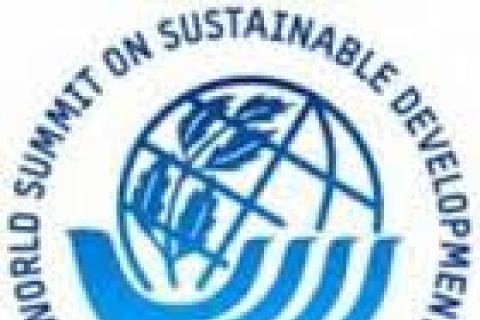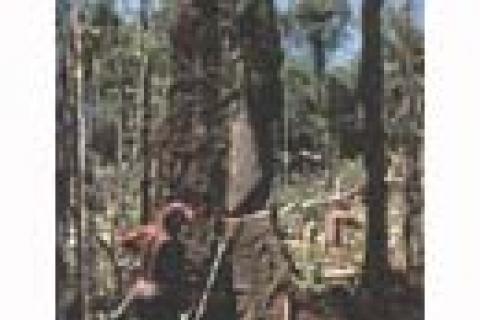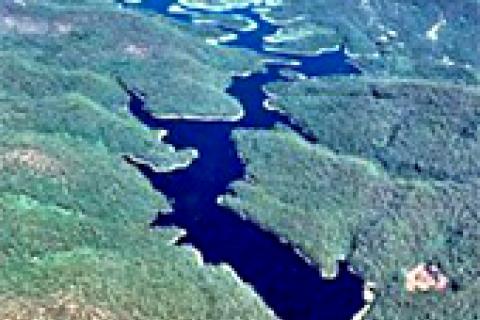In most of the African countries, claims concerning community-based forest and natural resource management have arisen as a reaction to the repressive nature of natural resource laws inherited from Colonial times. Forestry laws in force in the post-Colonial period compromised local community rights to forest ownership. Licences and other forms of taxes so far unknown to local communities were imposed to control the exploitation of forest products that the local inhabitants had had free access to previously, either for their domestic consumption or for marketing.
Other information
Key trends among the plethora of early participatory forest management (PFM) developments have been observed. These include increasing empowerment of local communities in forest management, and emergence of these populations as a cadre of forest managers in their own right. It has been noted that this stems in part from local demand, crystallised through participation. It also arrives through recognition by forestry administrations of the heavy and perhaps needless time and investment incurred through sustained operational roles themselves and/or supervising community roles.
Conservation through the establishment of ‘National Parks’ was an idea born in the United States during the 19th century at a time when it was waging war on Indians and colonizing the ‘Wild West’. The world’s first National Park, Yosemite, was established on the lands of the Miwok people after a bitter war and was followed by the eviction of the remaining people from their land. Setting up the park at Yellowstone also triggered conflict with the local Indians. Nearly all the main National Parks in the USA today are inhabited or claimed by indigenous peoples.
Johannesburg, South Africa, 26 August - 4 September 2002
complete version of the report here
Over the ten years following the Earth Summit, governments have been engrossed in a series of international processes with the declared objective of ensuring forest conservation. However they will be able to show little or no concrete results at the Johannesburg Summit Meeting, for the simple reason that forests have continued to disappear.
This document provides a list of all Intergovernmental Panel on Forests (IPF) and the Intergovernmental Forum on Forests (IFF) proposals for action, consolidated for easy access, and identifies the main actors, that share the responsibility of implementing these proposals for action.
Only available in Spanish
Publicación de Censat-Agua Viva en ocasión de la Cumbre Mundial de Johannesburgo.
Amazonía: Selva y Bosques diez años después de Río
A Brazilian industrial plantation project hoping to get a subsidy from the UN for sucking up carbon from the atmosphere has failed to make its case, according to the project's official validator.
Det Norske Veritas (DNV), a norwegian company assigned by the World Bank's Prototype Carbon Fund (PCF) to check the project's claims, says that it can't determine whether carbon could be held in the project's eucalyptus trees long enough to make any difference to the climate system.
Some conceptual errors are hard to die. Such is the case of the concept of "planted forests". Although increasingly weakened as a credible definition, the draft plan for implementation agreed upon in Bali during the last Preparatory Conference for the World Summit on Sustainable Development insists on calling plantations "forests."
Only available in Spanish -
Las investigaciones demuestran que las hidroeléctricas no sólo son destructivas social y ambientalmente, sino que aportan significativamente al calentamiento global por la descomposición que emite grandes volúmenes de dióxido de carbono y de metano, los dos gases del efecto invernadero más importantes.
Para los indígenas
Eduardo Galeano, one of the most profound and committed writers on the situation of Latin America and its peoples, is widely known within and outside the continent for his classic work “The Open Veins of Latin America”, published over 25 years ago. However this was not the culmination but rather the starting point of an untiring and relentless activity towards a freer and more equitable Latin America, reflected in many of his works published since then. Among them is the book “Úselo y tírelo,” (Use it and throw it out).
On July 20, 1999, Biogenetic S.A., a joint venture between Fundacion Chile (Santiago, Chile) and InterLink biotechnologies, (Princeton, NJ) announced the creation of a new venture for the development of "improved" forestry species: GenFor S.A.
The idea follows what biotech firms are already doing with corn, potatoes and soybeans. Using Bacillus thuringiensis, or Bt, a naturally occurring soil bacterium that kills pests if inserted into growing plants, researchers at Genfor in Chile say they are near to producing a commercially viable genetically engineered tree.




